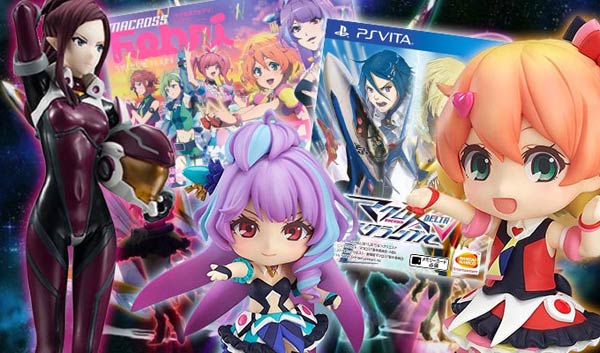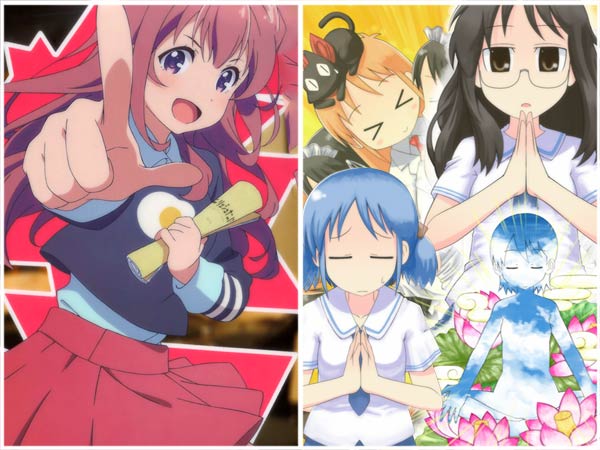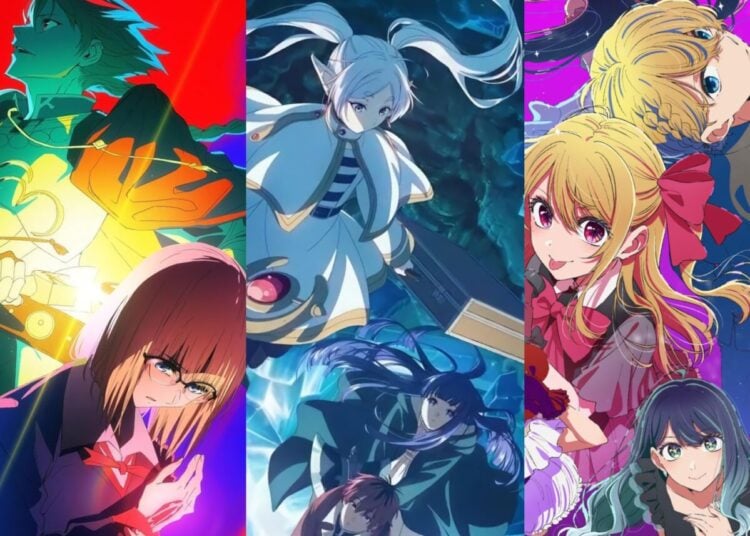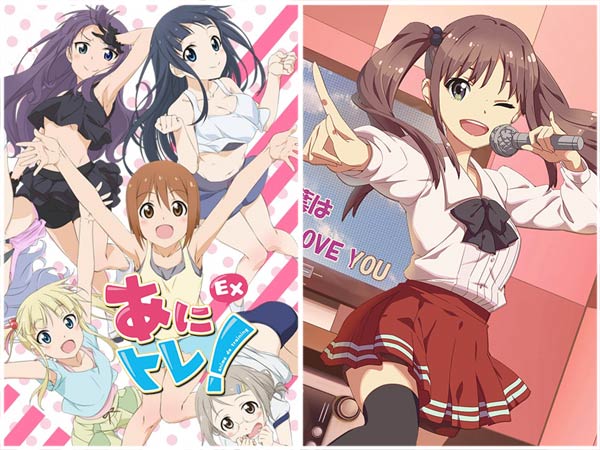I continue to enjoy Gi(a)rlish Number, a show about a lazy up-and-coming seiyu named Chitose who gets her first major role in an anime series, and the challenges she faces getting along in Japan’s “rotten” voice acting industry. There have been a few series recently that tell stories that shed light on the anime and game industries, the best one being Shirobako, the story of five friends who follow their dream of breaking into the anime world professionally. But while Shirobako is romanticized and upbeat, Girlish Number is quite cynical and critical of the seiyu industry. Incidentally, if you think the anime industry would be a nice place to work, there’s a graphic that shows the actual annual salaries of the people who make our favorite anime, and the news isn’t good. I’ve taken the opportunity to update the graphic with additional information and to reflect the reality that much of the animation we watch is created in South Korea, Vietnam and the Philippines. I also translated some of the source information that was in the original graphic. Kinda makes a fan want to support their favorite animation studio by buying some Blu-rays or anime figures…
A few J-List posts ago I wrote about a friend who asked about religion in Japan, and I gave a general overview on the subject: that by and large, Japanese have no formal religion, but will tend to flit between the imagery or Shinto or Christianity for life-affirming events like weddings or celebrating births, then will become more Buddhist as they get older. This is an oversimplification, of course, so I thought I’d talk about some of the exceptions that exist in daily life here.
First, there are Japanese who are adherents to minority religious groups such as Sokka Gakkai (SGI), a “new” Buddhist religion founded in the 1930s, which I consider somewhat similar to Mormonism because it’s young and “evangelical.” (If a Japanese asks you to visit his temple and learn about his religion, it will definitely be SGI.) There are also Japanese who formally follow Japan’s native religion of Shinto and avoid Buddhism, turning to the bright colors of Shinto even for funerals, which strikes most Japanese as kawatteru (odd). About 1% of Japan are Christian, and there are Catholic, Baptist, and Gospel churches in cities around J-List. There are even Jehovah’s Witnesses, who were encouraged to send missionaries by Douglas MacArthur during the Occupation. It’s quite rare for the subject of religion to be discussed casually in Japan, not because of the negative feelings such a discussion might cause, but because so few people hold strong views one way or the other. Refreshingly, the subject is never a part of elections, since whatever religious affiliation a candidate might hold is considered to be a private matter.
 We love Macross here at J-List, and are happy to have some great figures, Blu-rays, region free games and more from the newest Macross Delta series, as well as classic Macross items. Browse the newest items now!
We love Macross here at J-List, and are happy to have some great figures, Blu-rays, region free games and more from the newest Macross Delta series, as well as classic Macross items. Browse the newest items now!
















